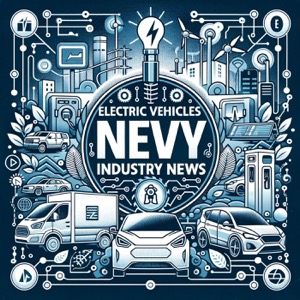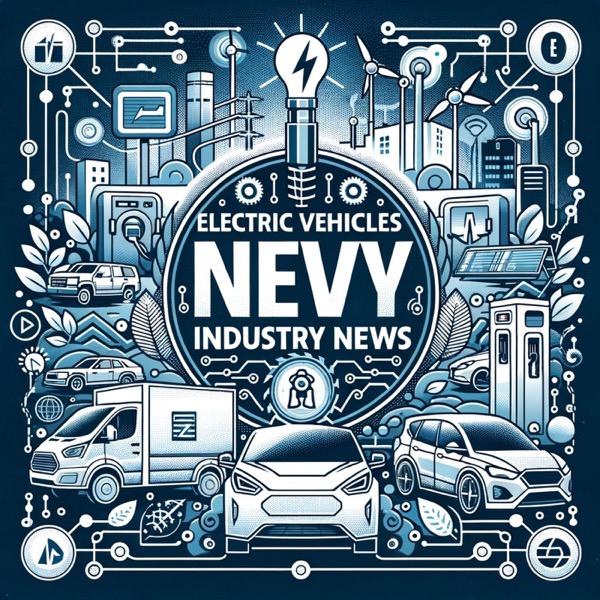The Electric Vehicle Revolution: Driving Towards a Sustainable Future in 2025
Electric Vehicles Industry News - A podcast by Quiet. Please

The electric vehicle (EV) industry is poised for significant growth in 2025, driven by declining costs, expanding consumer options, and proliferating charging stations. Despite a slowdown in the growth rate of EV sales, global sales of battery EVs and plug-in hybrids are expected to rise about 20% this year, reaching nearly 17 million vehicles in 2024 and projected to hit 85 million by 2025[1][3].Key markets such as China, Europe, and North America are leading the charge, with China expected to account for over 60% of global EV sales due to robust government support, local manufacturing capabilities, and comprehensive charging infrastructure[3]. In Europe, EVs now account for 16% of new-car sales, up from under 1% in 2019, despite the removal of purchase subsidies in certain markets[4].The industry is also seeing increased competition, with numerous new entrants, including Chinese auto brands and other foreign OEMs, offering a wide range of new models that are attracting interest among European customers[4]. BYD and Tesla remain global front-runners, accounting for 35% of all electric car sales in 2023, but other manufacturers such as Hyundai-Kia and Stellantis are gaining ground[2].Advancements in battery technology are at the forefront of EV trends in 2025, with automakers focusing on developing solid-state batteries and improving existing lithium-ion technologies. Toyota is developing solid-state batteries with a 750-mile range and faster charging, aiming for a market launch in 2026 or 2027[3].Charging infrastructure is also expanding rapidly, with ultra-fast chargers and bidirectional charging stations (V2G) enhancing grid stability and giving EV owners opportunities to offset charging costs by participating in energy markets[3]. Tesla's decision to open its Supercharger network to nearly all EVs is a significant development, addressing a key concern for EV adoption: charging availability and convenience[3].However, regulatory changes pose uncertainty, particularly in the United States, where the incoming administration's policy choices could impact federal tax credits for electric vehicles[1][3]. Despite this, many state-level incentives remain in place, particularly in progressive regions committed to supporting sustainable transportation.In response to current challenges, industry leaders are focusing on developing more affordable models, improving charging infrastructure, and enhancing battery technology. For example, numerous automakers are preparing to deliver cheaper models to auto showrooms around the world, which is expected to drive further growth in the EV market[1].Overall, the EV industry is on track for solid growth in 2025, driven by technological advancements, government incentives, and shifting consumer preferences. However, regulatory changes and increasing competition will continue to shape the sector's trajectory.
